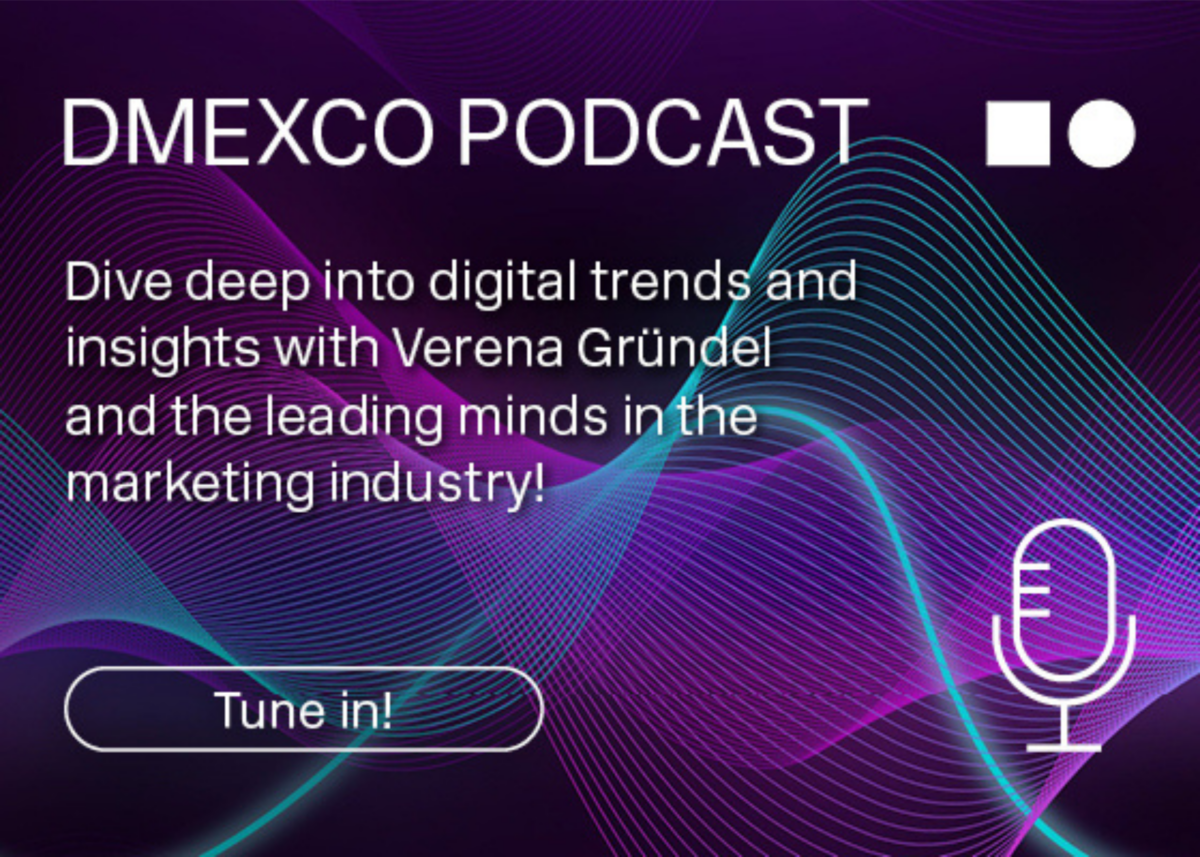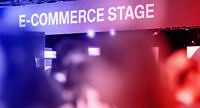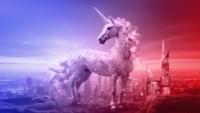AI Visualizations: How to Use AI for Awareness and Branding
From “my dog as a person” to “my face in the Ghibli style,” user-generated AI images and videos are everywhere on social media. But how can you use AI visualizations strategically in your marketing?
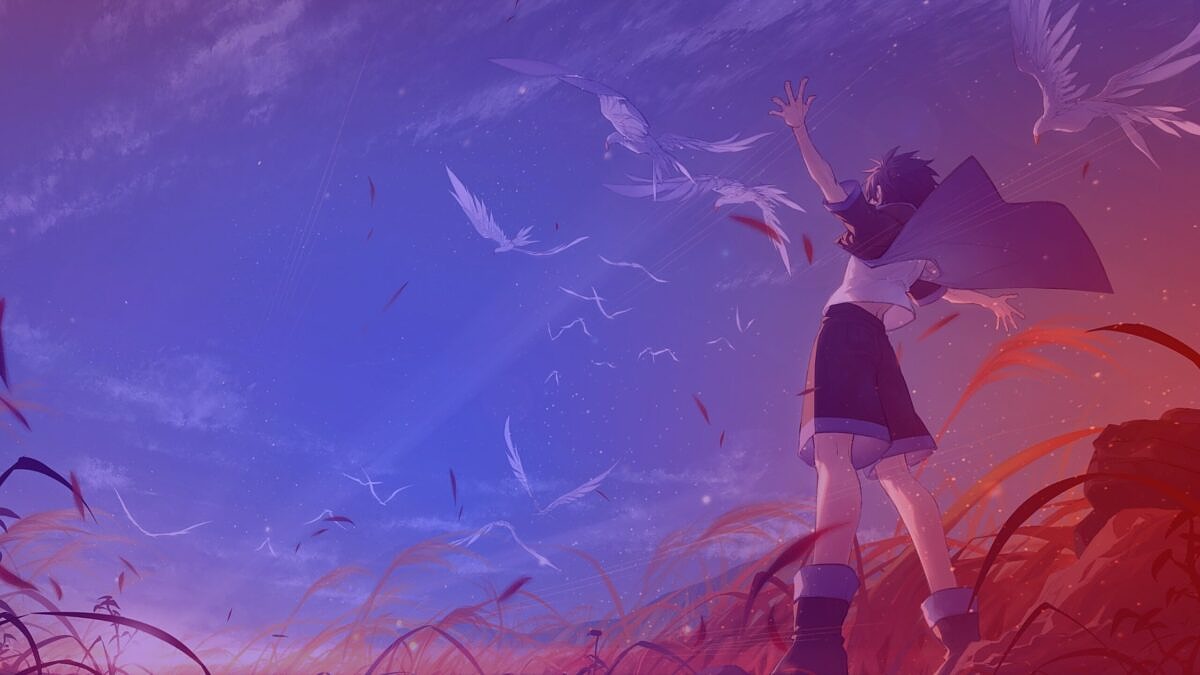
AI-generated visuals: What you can learn from viral trends
In the spring, Ghibli-style images went viral on social media. Millions of people across the globe generated images in the style of the famous Japanese animation studio using ChatGPT’s new image generator, GPT-4o. As a result, ChatGPT was able to clock up a new record number of users. Many a free Ghibli-style image generator was launched online. And a tidal wave of AI visualizations of memes, profile pictures, and movie scenes swept across the Internet. All of them were in the distinctive nostalgic Studio Ghibli style: big eyes, glowing colors, soft textures, and melancholy compositions. This is further proof that nostalgia is making its way into marketing – and that it generates a huge response.
The trend began as a way for users to pass the time online, but brands quickly picked up on it and started using this style of AI-generated visuals in their social media campaigns, e-mails, and other communications. And it’s no surprise: the visual “wow” effect promises to generate likes, shares, and comments. As we all know, digital creativity is not just a matter for the design department – it’s a strategic factor. But anyone who wants to use AI visualizations in their campaigns needs to be aware of one thing: This type of AI-generated content is ideal for catching attention; however, you’ll also need to invest in trust and brand attachment.
4 creative campaigns using AI visualizations
AI image generators are now established tools in day-to-day marketing work. But how can you take advantage of their possibilities while remaining goal-focused and on-brand? We’ve put together four examples that demonstrate how major agencies and brands have used AI visualization to produce campaigns that impress both creatively and strategically.
#1 Jung von Matt Creators presented the Zeitseeing (literally: “time seeing”) project at DMEXCO 2024. The installation used the agency’s proprietary version of the image generator Stable Diffusion. Trade fair attendees were able to see an animated video image of themselves in different historical periods. If you visited the agency’s stand, you could sit in an armchair and turn a dial while the AI analyzed your facial features in real time and displayed your image on a cathode ray tube TV set. Depending on the dial’s position, the projection showed a different version of you: as a knight, a person in the early modern period or in the future. With the tool supplying up to 16 AI-generated images per second, the creative installation clearly demonstrated the potential of AI visualization.
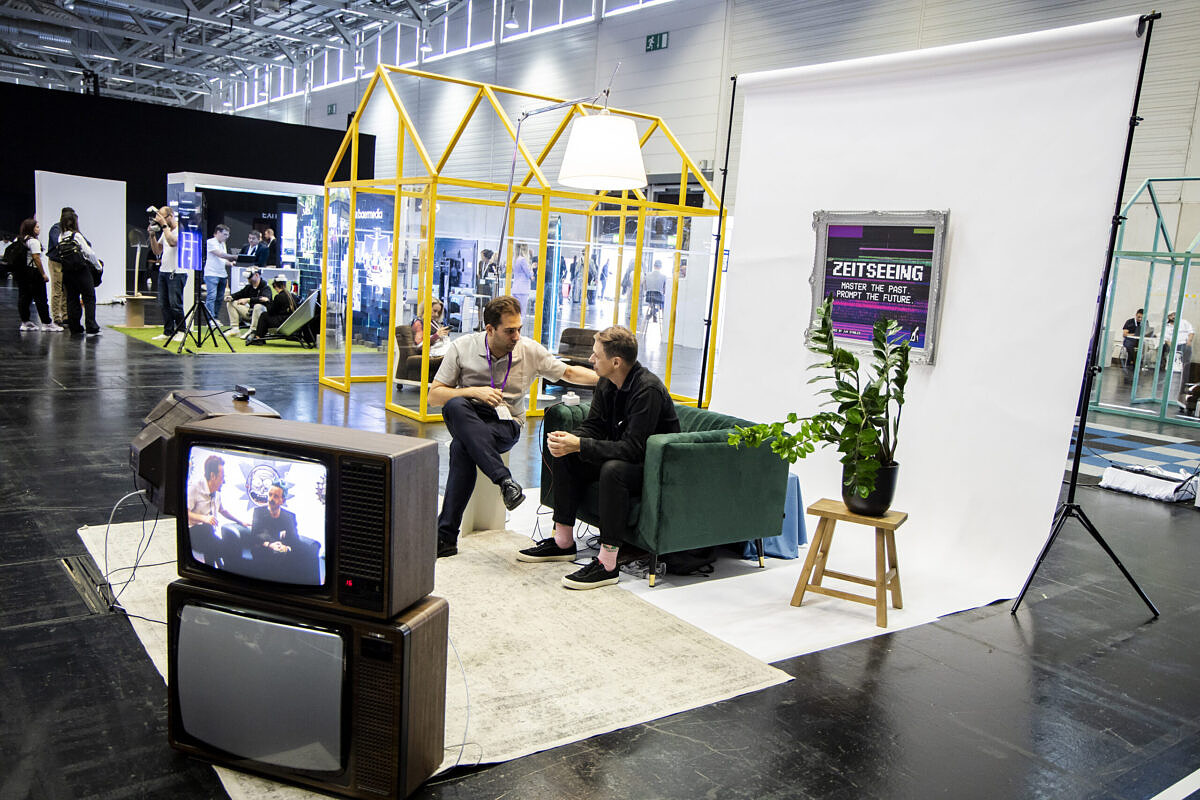
#2 Jung von Matt is also behind a completely AI-generated commercial for Spreequell, a German mineral water brand. The advert was produced with the aid of generative AI from concept development to postproduction, including the scenery, color scheme, and motion. The result is a cinematic commercial with a harmonious look and feel – and every single frame is AI-generated. This project is a brave step toward full-scale AI production. And the campaign impressed across the broad.
“Our collaboration on this project was special in every respect. By combining AI expertise with courage and speed, we were able to create a unique, humorous campaign aesthetic in a very short time – an aesthetic that fits the product and the brand perfectly,” says Susanne Liedtke, head of brand management at Spreequell.
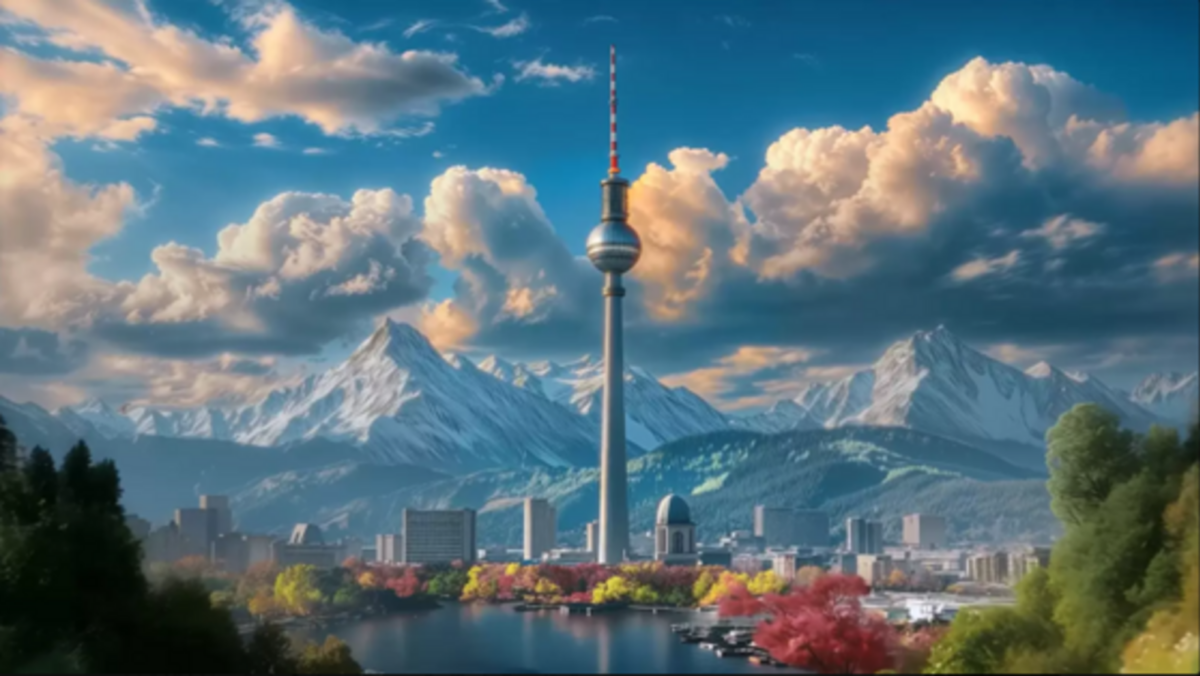
#3 On World Wildlife Day 2023, a WWF campaign caused a big stir. It was implemented by AI/CC Creative Community in collaboration with Brave Bison as part of the NGO’s annual #WorldWithoutNature stunt. The campaign involved thousands of users who shared AI-generated images and videos of landscapes without animals, just people wearing masks. This example of the use of AI visualizations in marketing shows that creative use of innovative technology can be combined effectively with a clear social statement and strong brand awareness.

#4 Heinz created a huge buzz with an entertaining social media campaign that harnessed the potential of generative AI. With the aid of DALL·E 2, the company asked how artificial intelligence imagines ketchup – for example, how does AI picture “ketchup outer space”? The comical results were shared online, and the community was invited to join in: Users could submit and share their own AI-generated images. The campaign was a brilliant combination of humor and user engagement that captured the feel of the technological moment. This successful example demonstrates that cutting-edge AI visualization can give even an iconic FMCG a creative update.
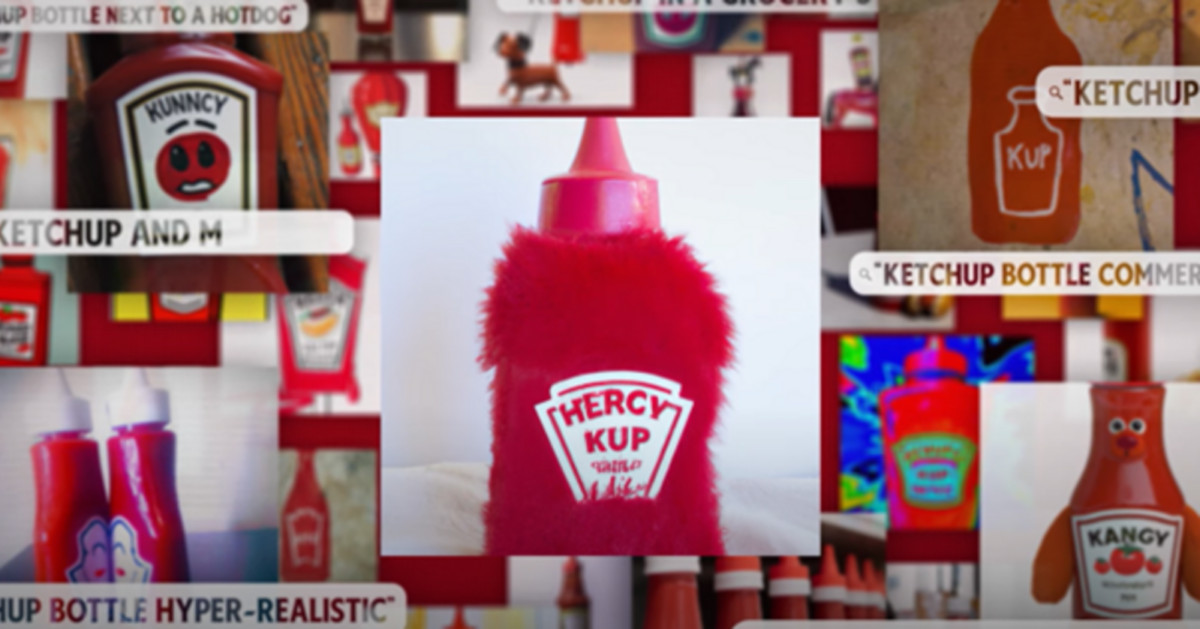
Our four use cases from big players reveal one thing: AI visualizations are very much on-trend. And now you must be asking yourself: “How can I use AI visualizations on a smaller scale – but without weakening my brand’s corporate identity or producing generic content? What’s the best way to communicate my message using AI-generated images and videos?” In other words, how can you translate the AI “wow” factor into sustainable content with substance? We’ve got a few ideas for you …
How to use AI visualizations in your brand communication
Integrating AI-generated visuals into your marketing process will increase efficiency and opens up a host of new possibilities – from new opportunities for creative control across all channels to data-driven campaign optimization.
• AI-generated infographics: AI-generated infographics are ideal for visually livening up corporate blogs and other text-based formats. They also provide a quick overview of a topic, and they’re a great way to include additional data, facts, and figures. This type of AI-generated visual content is extremely useful and invites users to share the infographic on social media.
• Coherent visual style: A variety of AI visualization tools now enable you to quickly generate images, videos, and logos – all perfectly tailored to each other and presented in a coherent visual aesthetic. In this way, you can create a unique corporate image across all channels – and easily strengthen your brand identity at the click of a button.
• Hero images: Hero images – full-screen images displayed at the very top of your website or landing page – are ideal for reinforcing your corporate image. This is another place where AI visualizations can step in: Use image generators to create unique images that align with your strategy – and catch site visitors’ attention.
• Social media posts: Visually striking AI-generated images make your content stand out in overloaded feeds. And they increase engagement and your reach.
• Campaign optimization: Which visuals hit the bullseye for your target group? With AI, you can create images or scenarios in different styles in next to no time with the press of a button – this is perfect for running A/B tests and using data to optimize your campaign’s visual language.
AI offers you as a marketer unlimited visual opportunities and is transforming creative processes. We looked at its impact on design in our story about generative AI in the design process. But AI is increasingly driving change in film and video, too. From automated scene generation to realistic animations to futuristic shorts, the creative possibilities have multiplied over the past 18 months – and they’re still increasing exponentially. Check out our story “Next-level AI video generators: what can AI video tools offer?” for more insights.
AI visualizations: interchangeable content or creative freedom
One of the main arguments for using AI in advertising is that it democratizes creative processes: Today anyone can create content that would have been within the capabilities of only the big players among agencies and large marketing departments just a few years ago. This is opening up opportunities – but it also poses challenges. If every brand using cutting-edge tools picks up on the same AI visualization trends, campaigns risk becoming completely interchangeable. This is why strategic differentiation is essential – and that means developing unique prompts and an identifiable brand aesthetic and focusing on editorial depth and relevant content. What’s more, even if legal issues – for instance, using a copyrighted aesthetic, such as Studio Ghibli–style images – may often be just a side note, you definitely shouldn’t ignore them. Brands using AI-generated content are entering legally risky territory.
The takeaway: AI visualizations offer immense potential, especially for the awareness stage of your marketing funnel. But if your AI-generated visuals are indistinguishable from any other brand’s, you won’t be able to build genuine, long-term brand attachment. What you need instead is well-thought-out, relevant, and unique visual content. If you manage to combine creativity with strategy, technology with a human touch, and data with emotions, you’ll increase your visibility – and stay credible.
